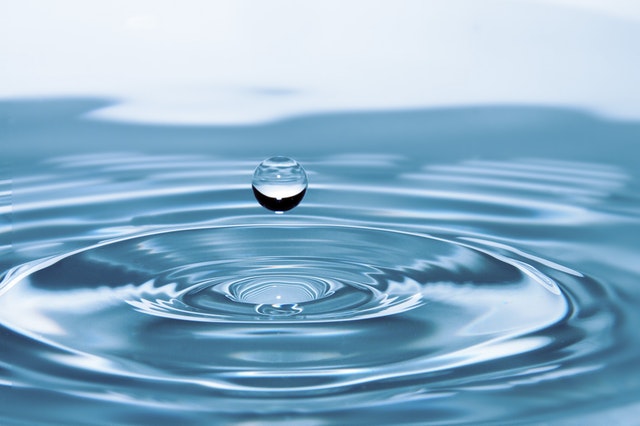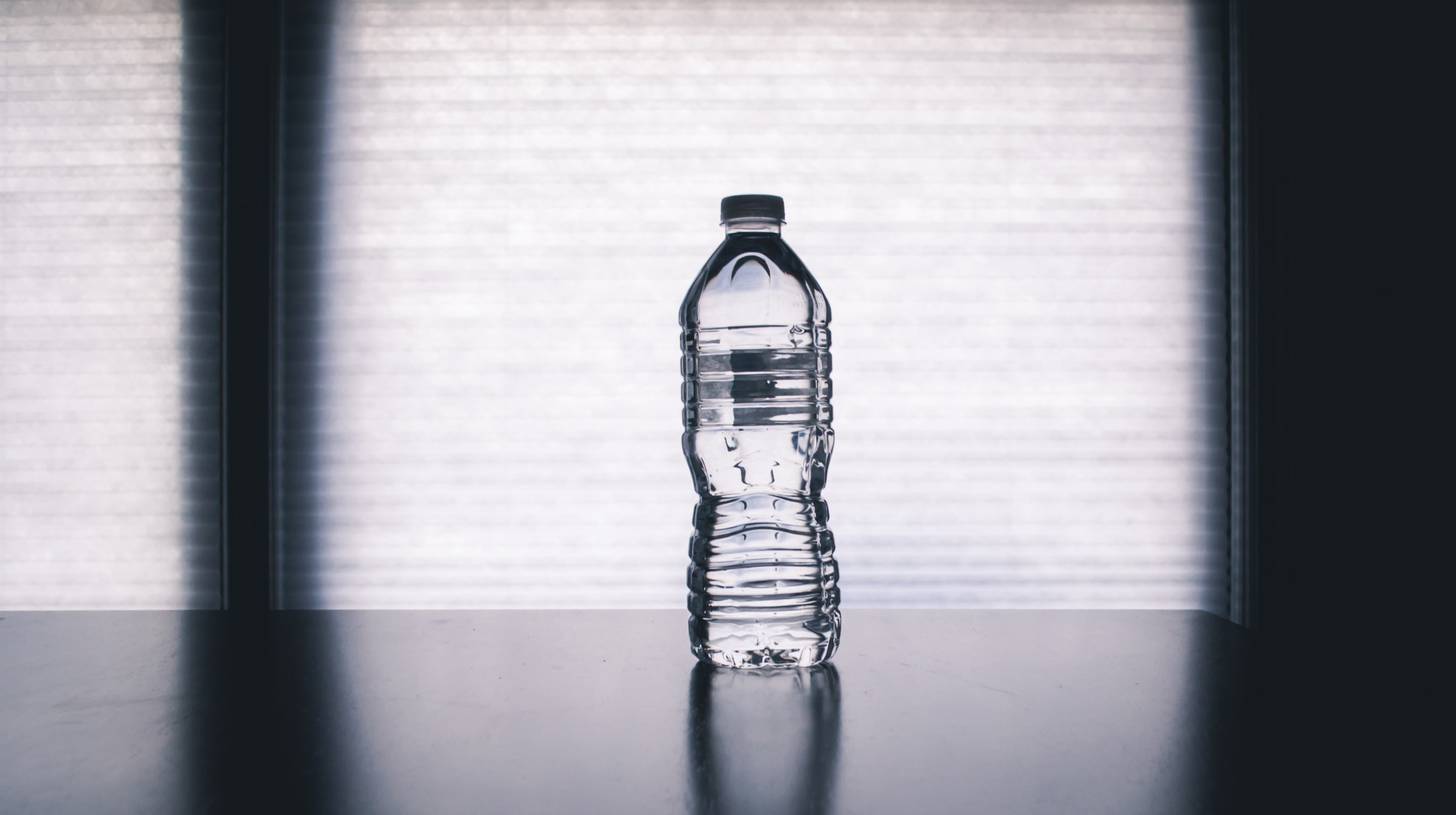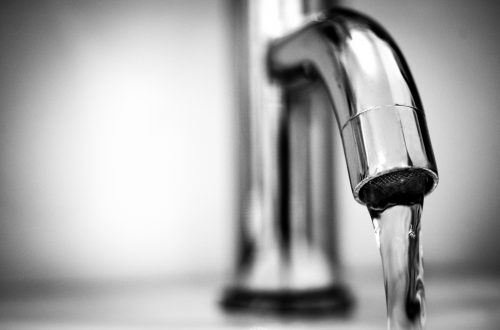One essential appliance that every household needs is a decent water purifier. You might think that getting a fancy water filtering technology is good enough. But, pricey filters don’t necessarily mean they’re the best ones. Here are ten essential things to know about water purifiers.

SOURCE: UNSPLASH
What filter you need depends on the water contamination
Before you you choose a water purifier understand how much contamination is present. Even clear looking water can have hidden microbes carrying dangerous water-borne viruses and bacterias. Need a complete water purifying solution to kill maximum contamination? The best reverse osmosis system is a great option.
Space available
People who are minimalists or have limited space in their homes can opt for faucet filters or countertop filters. Faucet filters are either built-in the faucet or attached to it, so it saves space in your kitchen. But, if you have the room, you can opt for under-sink filters. Fixed under the sink—there are directly connected to the water pipe. You have a separate faucet for the filter.
Amount of water needed
Some water purifiers filter water very slowly, which is fine when you only need drinking water. But, if you need filtered water for showers, you will need it fast. If you need water purifiers for your bathrooms, faucet filters such as shower-head filters and tap filters can be an option. If you need to purify water just for drinking, a simple pitcher filter can do the trick.
Filtration method for removing microbes
A few filtration methods tackle microorganisms in your water. For example, one of the oldest ways is using chlorine to kill microbes. Sediment filtration can also remove some microbes, depending on the size of the microbes. Reverse osmosis filters and ultraviolet treatment systems both work great for killing different bacterias and viruses.
Deionization for salt removal & water softening
If your local water supply provides hard water, you need to remove salt compounds with sodium, calcium, magnesium, etc. You need a deionization process for this. Deionization technology removes electrically charged elements from the water. Many filters have deionization or ion exchange for softening water.
How does reverse osmosis work?
The reverse osmosis filtration system tackles many different kinds of water contaminants. So, reverse osmosis works by pushing the water forcefully through a semipermeable membrane, which catches various impurities giving out purified water.
This works on harmful microbes, as any particle bigger than water molecules are caught in the filtration method. Most under-sink filters use this method to provide purified water.
Activated carbon filtration & ultraviolet technology
The activated carbon filtration method uses blocks or granules of carbon to eliminate impurities from the water—the carbon bond with the compounds in the water and traps the impurities. On the other hand, UV technology filtration uses ultraviolet light to kill impurities in the water. It is highly effective in killing disease-causing microbes. However, it does not remove chemicals from the water.

SOURCE: UNSPLASH
Conclusion
Before investing in water purifiers, there are multiple factors you need to be aware of. The contamination level in your local water supply will play an essential role in deciding which filtration method will work best for you. Learning about the various filtration technology will help you get the perfect purifier for your home.









